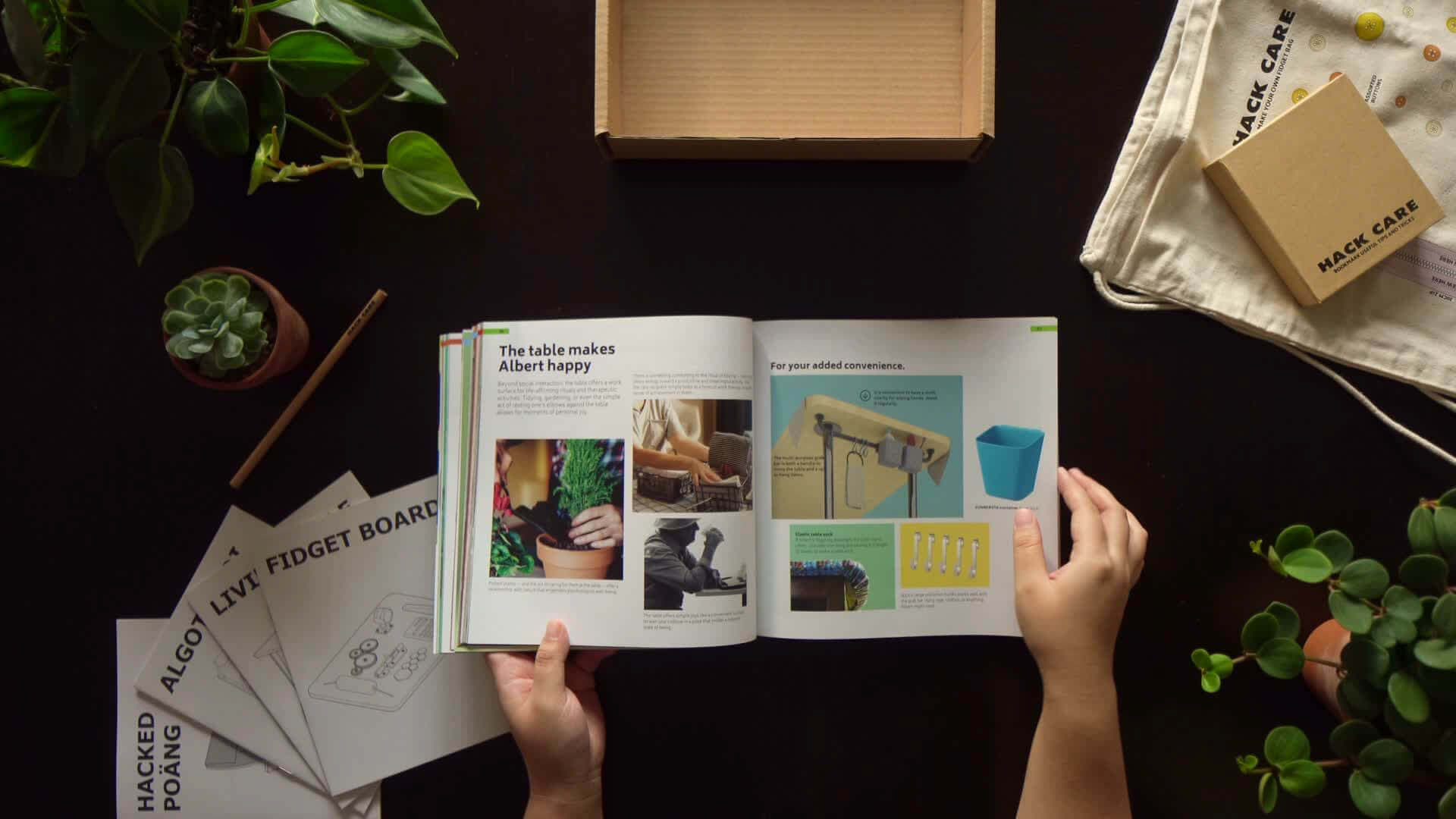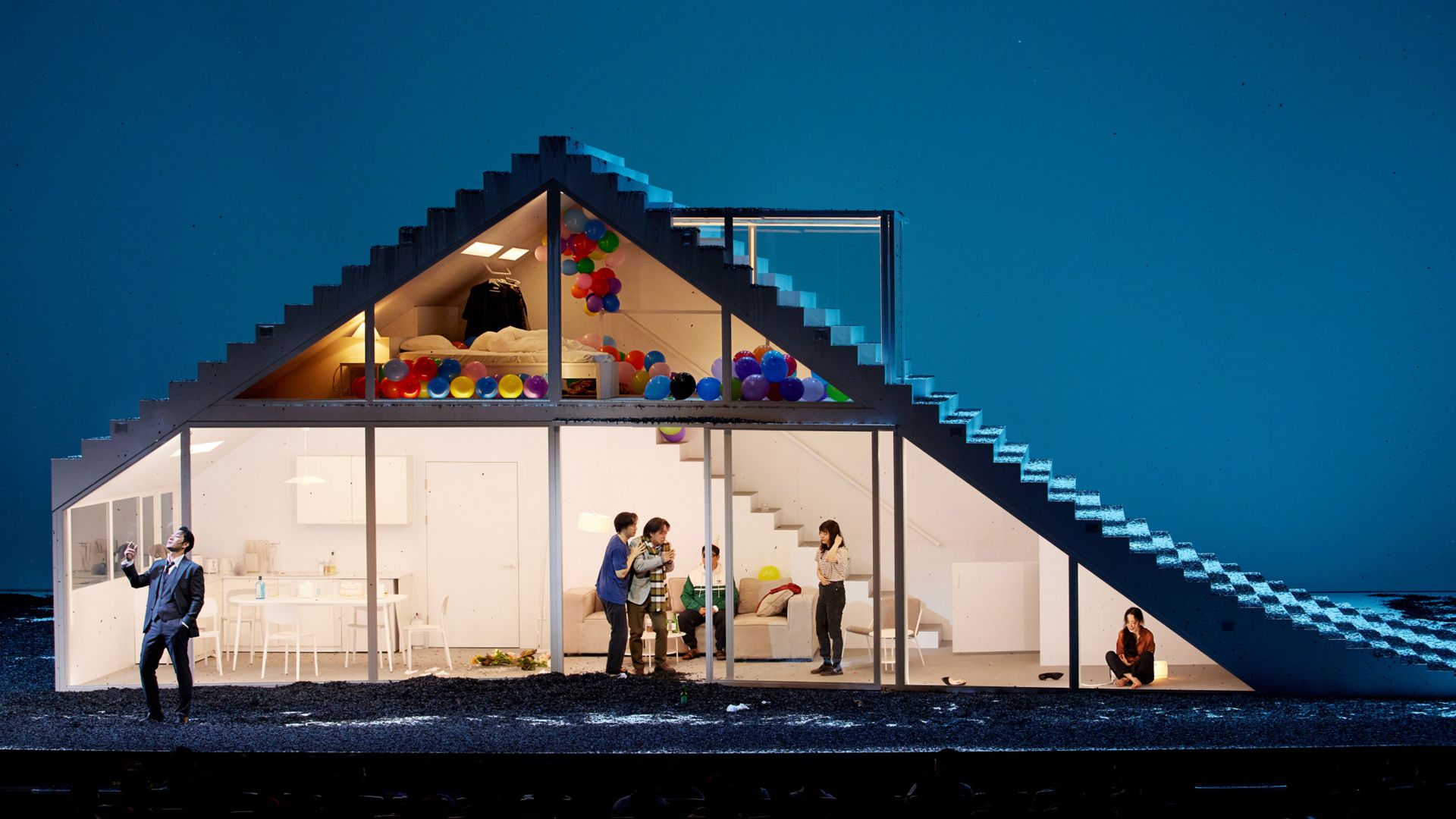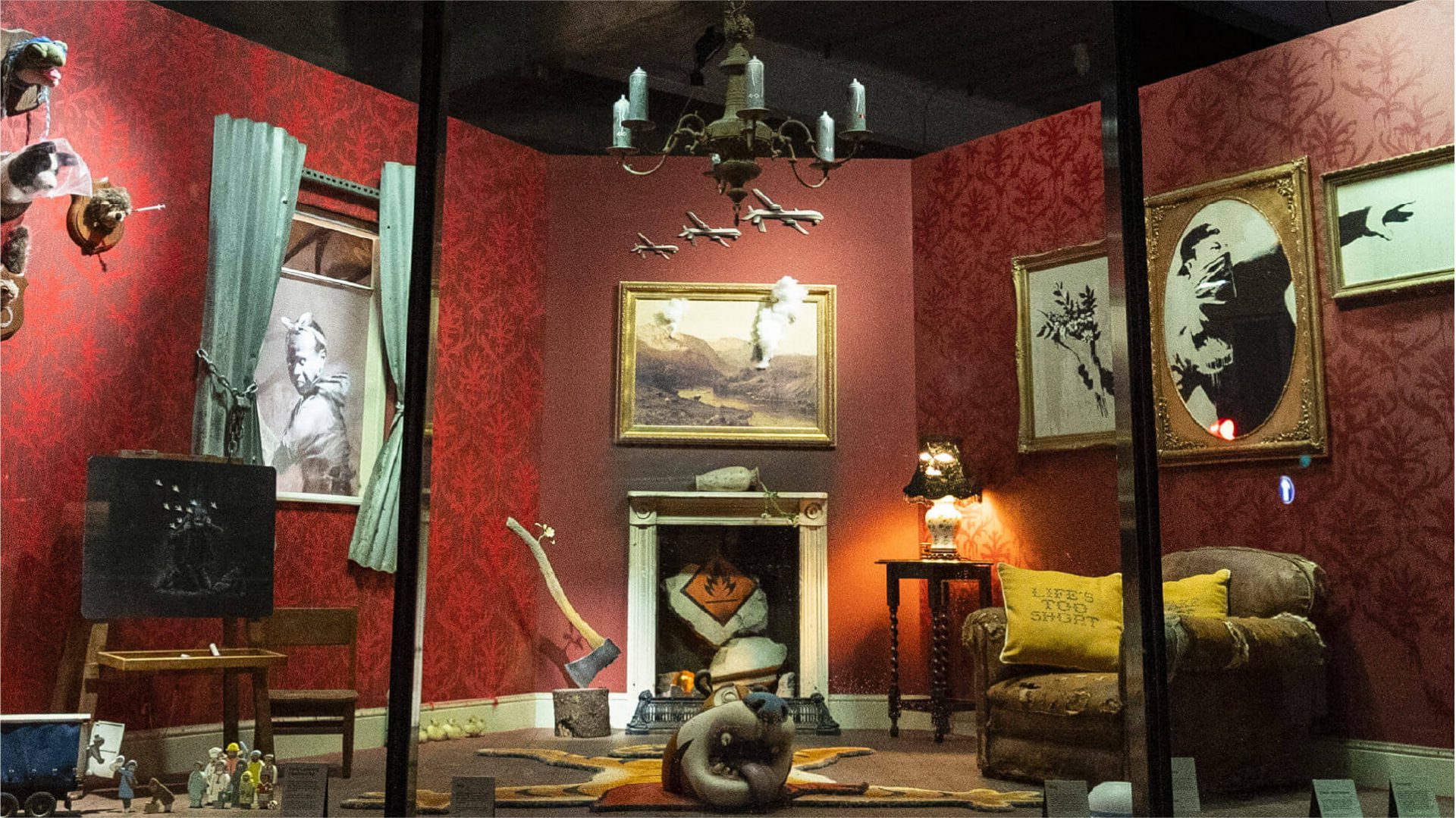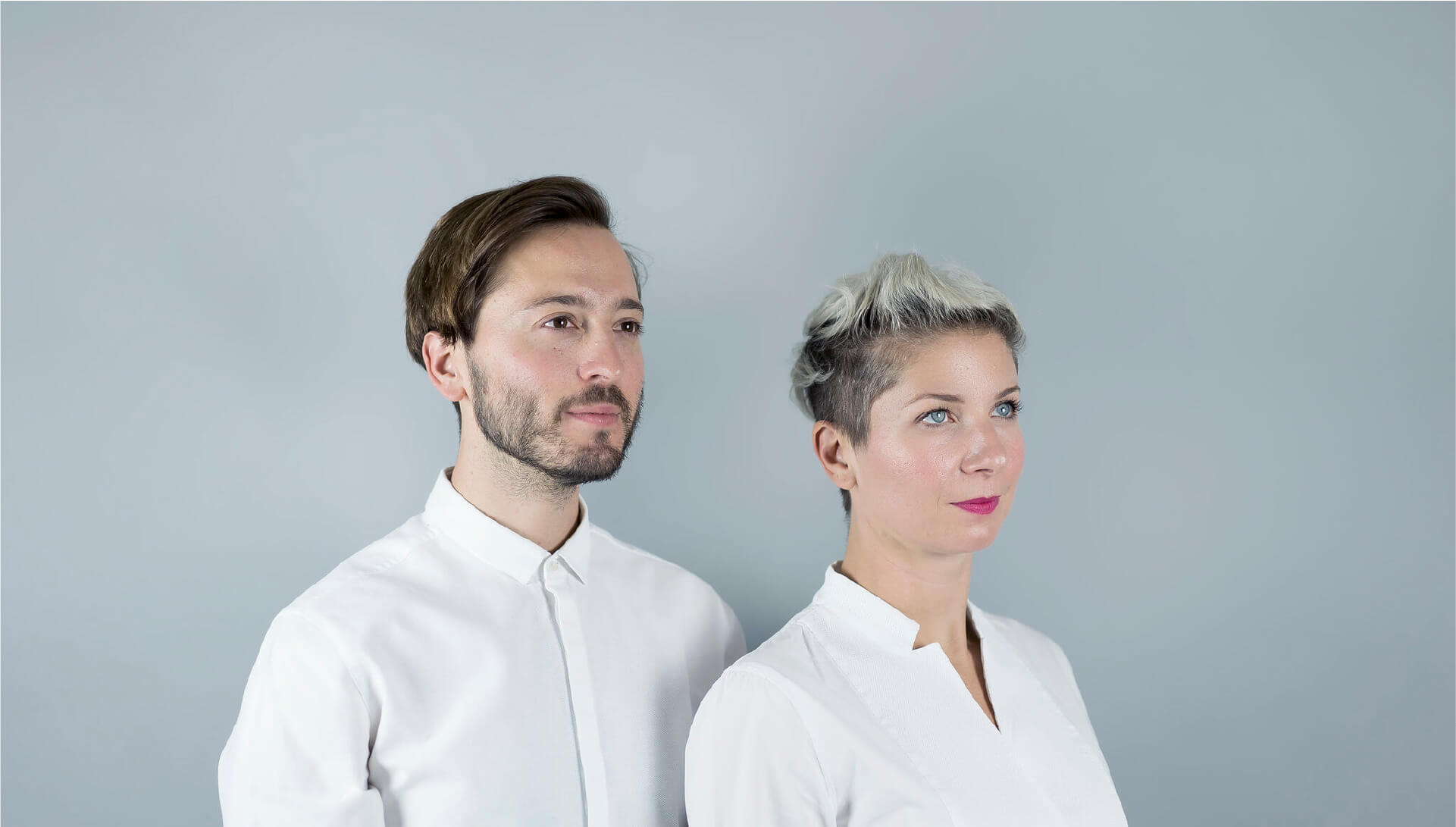AUJIK, the esoteric sect reaching supreme clarity through its work
Initiated in 2001 by Stefan Larsson, the Japan-based esoteric sect AUJIK has taken over different video platforms with its mesmerizing and unique work.

AUJIK – pronounced ‘odjik’ – is established as an esoteric sect who believes in animism and worships nature. It divides nature into primitive (vegetation, soil, humans, animals, etc) and refined (AI, robots, nano-technology, augmented reality, etc), showing in their work the bond between both, stating that the refined nature comes from the primitive and vice versa.
AUJIK also declares everything comes from nature and it is through the convergence of both refined and primitive nature, that a state of supreme clarity is achieved. It is through their work that they aim to achieve this state and do so while focusing on the idea that everything, event the most artificial things, have a consciousness and a soul.
Recently, AUJIK released a new architectural video called ‘Holometabolism’ in collaboration with the British composer Sion Trefor. The video is influenced by an architectural movement called Holo-metabolism, which strives to adapt the process of how architectural bodies gradually will evolve according to the nature that surrounds it. The video also depicts various architectural structures that are mainly influenced by Tadao Ando:
What is AUJIK? How did the journey for AUJIK begin?
Stefan Larsson:
“It started off as a sub-branch to another brand/concept I used to work with around 2000-2005 called QNQ. I was quite fascinated by the structures of brands back then; both visually and conceptually, so I played around with various ideas and influences and then labeled them as fictional brands.
QNQ was mainly about subversive political manifestations, while AUJIK was more orientated around technology and future visions. It went through three incarnations, starting with AGI (Artificial General Intelligence) and robotics, and then combined with influences from animism and spiritualism. A few years ago I also adapted architecture.”
Why AUJIK, why surreal architectural animations?
Stefan Larsson:
“The surrealist movement was probably my first art influence when I was in my early teens and long before I started making art myself, so it had an impact on basically everything I’ve done since.
I like the idea of bending reality so it twists one’s perception. I also like combining elements from nature with man constructed objects so the outcome becomes something that resembles functional structures but without any practical function.
With these architectural video projects my intention was to dissolve function and practical form into a more chaotic shape that resembles nature. I first focused on separate buildings but realized that a larger scale would present what I envisioned better, so I used a whole cityscape (as in Spatial Bodies: Osaka) where the buildings were intertwined into a giant concrete forest.”
Which are the main values, core concepts or style inclinations that, above all, will always represent AUJIK?
Stefan Larsson:
“I think mainly to combine elements and concepts from various fields and looking for interesting results. As an example it started with juxtaposing trees with robotics and then I have been exploring new realms that I adapted to this format. It’s also essential to have a holistic visual style attached to it.”
As an esoteric sect who believes in animism and worships nature, what is the message AUJIK wants to convey through its work?
Stefan Larsson:
“It was first structured as a sect formation; just to give it an identity to build on. I was fascinated by a Japanese cult called Pana-wave laboratories as well as Shugendo and Yamabushi monks, so I came up with fictional ideas of AUJIK being a sort of esoteric cult that divided nature in to: Refined (AI, robotics, nanotechnology etc.) and Primitive (vegetation, rocks, organic bodies etc.). It was not necessarily a dualistic perspective, but more of a fundament to create from.
If there’s a message I like to convey it’s basically to perceive and interpret all things in this world – and beyond – without limits or any rigid and inhibited attitudes.”
What other fields and inputs, outside and inside of the design world, provide you inspiration?
Stefan Larsson:
“I tend to take a lot of inspiration from architecture nowadays since it’s been evolving so much in the last decade. Mainly what’s popping up in China and the Arab countries. Also I like brutalism and metabolism architecture a lot. Fashion always was an ambivalent source of inspiration. Music is without a doubt my most important inspiration though.”
Most of your work depicts the digital distortion of architecture, urban landscapes and the natural world. What process do you follow when designing your projects?
Stefan Larsson:
“Since I started working with CGI about 15 years ago I constantly make things nearly by routine on a daily basis. There’s always new stuff I’m intrigued to try. Whether its regular character animation, particle simulations, landscapes or architecture. Most of the time I’m just goofing around by doing animation projects quite fast in a day or two.
For the last year I’ve been using a render engine called Octane that makes it very easy and quick to work with animations. I used to be frustrated working with CGI because of the enormous time gap between ideas and results. During that gap, there’s usually a decrease of inspiration and motivation and it’s easy to become distracted. Now when I’m able to work more directly, the spontaneity and impulse factor is a lot higher.
With some projects I had strong and fixed ideas and made many sketches before all the computer tasks. Some of these projects took between 3 months to a year to create. Nowadays I prefer to not spend more than 3-4 weeks on it.”
The new episode of your ‘Spatial Bodies’ video series project, ‘Spatial Bodies : Hong Kong & Shenzhen’, was recently introduced. Can you tell us how the idea of the project was born and the process behind it?
Stefan Larsson:
“I was invited by an architectural Biennale in Shenzhen, China called Bi-city biennale of urbanism/architecture to make commissioned work in Shenzhen and Hong-Kong.
Back in 2016 I made a similar video filmed in Osaka, Japan and they asked for something like that, but with a theme that relates to these two cities. I had pretty much free hands and decided to give Shenzhen an overall design that somehow resembles computer components and circuits.
Shenzhen being the technical capital of the world where most of the components for smart phones and computers are being manufactured. The idea for Hong Kong was initially a bit more diffuse at first.
I’ve never been to any of the cities before, but was really fascinated about them and actually been thinking about going there to film for a personal project before I got this offer, so it was a bit of a dream come true.
I spent 8 days there filming non-stop. Both cities are perfect to film with a drone considering the cityscapes, then there’s all the security and surveillance that made it nearly impossible to get some decent shots. It was super intense, constantly being chased away by guards and had to hide in bushes while operating the drone.
It then took about three months to complete these two videos that are 4:40 min each. I spent more than a week just motion tracking all video scenes and deciding what to use.
When I do these I make many test versions and keep rearranging everything until there’s something worth using. The video was a collaboration with a Japanese musician called Daisuke Tanabe (he also made the score for the Osaka version). I often collaborated with musicians – mainly in the electronic genre, which really boosts the motivation factor and opens up new ideas in the working process.”
What are the main trends & future directions within digital animation and what do you think of them?
Stefan Larsson:
“There’s the obvious VR, AR and mixed reality. I’ve been really into that since Oculus released their early VR prototypes (Oculus DK1 & DK2). The development curve was very steep for a couple of years, but now has been slightly stagnating.
As for CGI and rendering; there’s a huge evolution with GPU-based/unbiased render engines such as OTOY’s Octane. It’s fabulous to render out ray traced animations without any glitches or flickering in just a short amount of time – compared to CPU-based rendering.
Also Unreal’s latest game-engine is highly impressive and is able to achieve photorealistic results in real-time. Then there are the nearly unlimited possibilities with if you are working with VFX and particle simulations.
The whole CGI community expanded a lot during the last couple of years. I guess since the learning curve of many softwares such as Cinema 4D is easier for most people than for an example Maya or 3D studio Max.
There’s also a huge source of assets that are easy to import such as Quixel Megascans and their photogrammetry based objects and shaders. Need to mention CGtrader, Turbosquid and Sketchfab that have an enormous amount of assets that are easy to use.
Everything became more accessible and user-friendly. I used to build everything from scratch, which made it limited and time consuming. Now it’s possible to create a realistic landscape scene in just a few hours.
It’s all very impressive and I’m very keen on seeing how it develops.”






